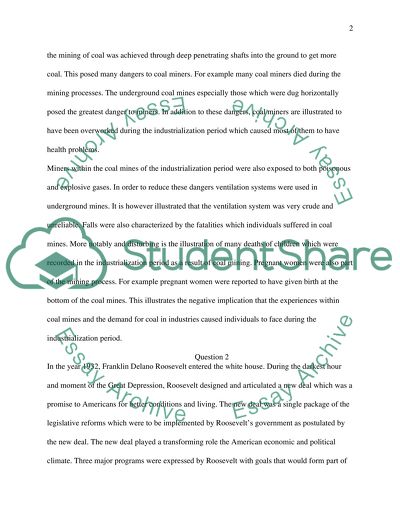Cite this document
(Industrial Revolution, New Deal, WWI, WWII, and Feminism Assignment, n.d.)
Industrial Revolution, New Deal, WWI, WWII, and Feminism Assignment. Retrieved from https://studentshare.org/history/1605396-industrial-revolution-new-deal-wwi-wwii-feminism
Industrial Revolution, New Deal, WWI, WWII, and Feminism Assignment. Retrieved from https://studentshare.org/history/1605396-industrial-revolution-new-deal-wwi-wwii-feminism
(Industrial Revolution, New Deal, WWI, WWII, and Feminism Assignment)
Industrial Revolution, New Deal, WWI, WWII, and Feminism Assignment. https://studentshare.org/history/1605396-industrial-revolution-new-deal-wwi-wwii-feminism.
Industrial Revolution, New Deal, WWI, WWII, and Feminism Assignment. https://studentshare.org/history/1605396-industrial-revolution-new-deal-wwi-wwii-feminism.
“Industrial Revolution, New Deal, WWI, WWII, and Feminism Assignment”. https://studentshare.org/history/1605396-industrial-revolution-new-deal-wwi-wwii-feminism.


